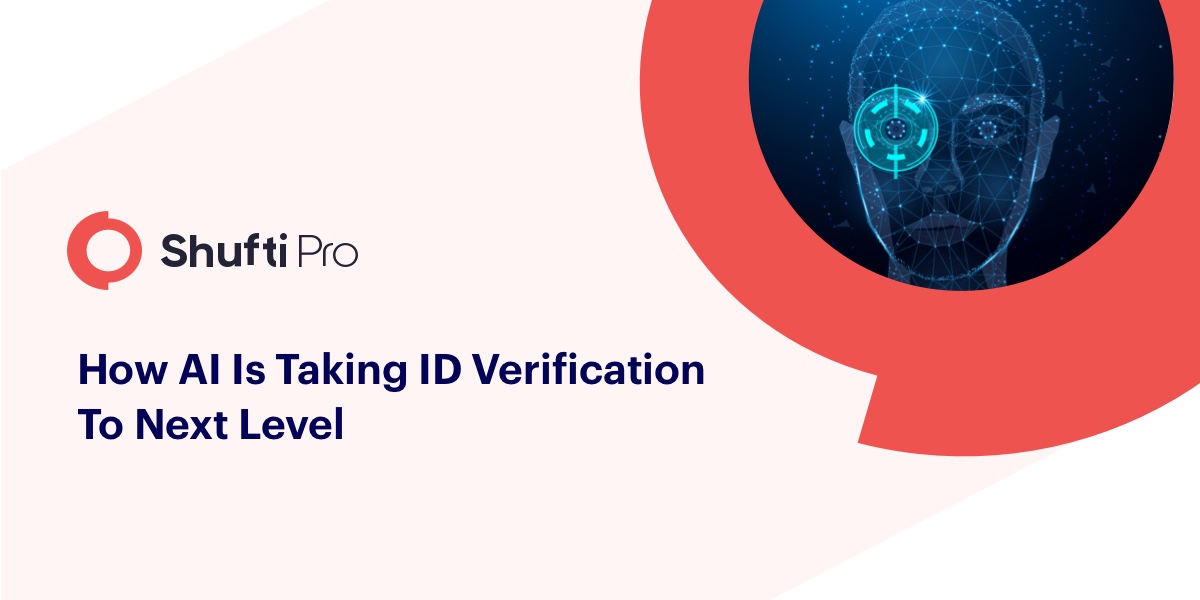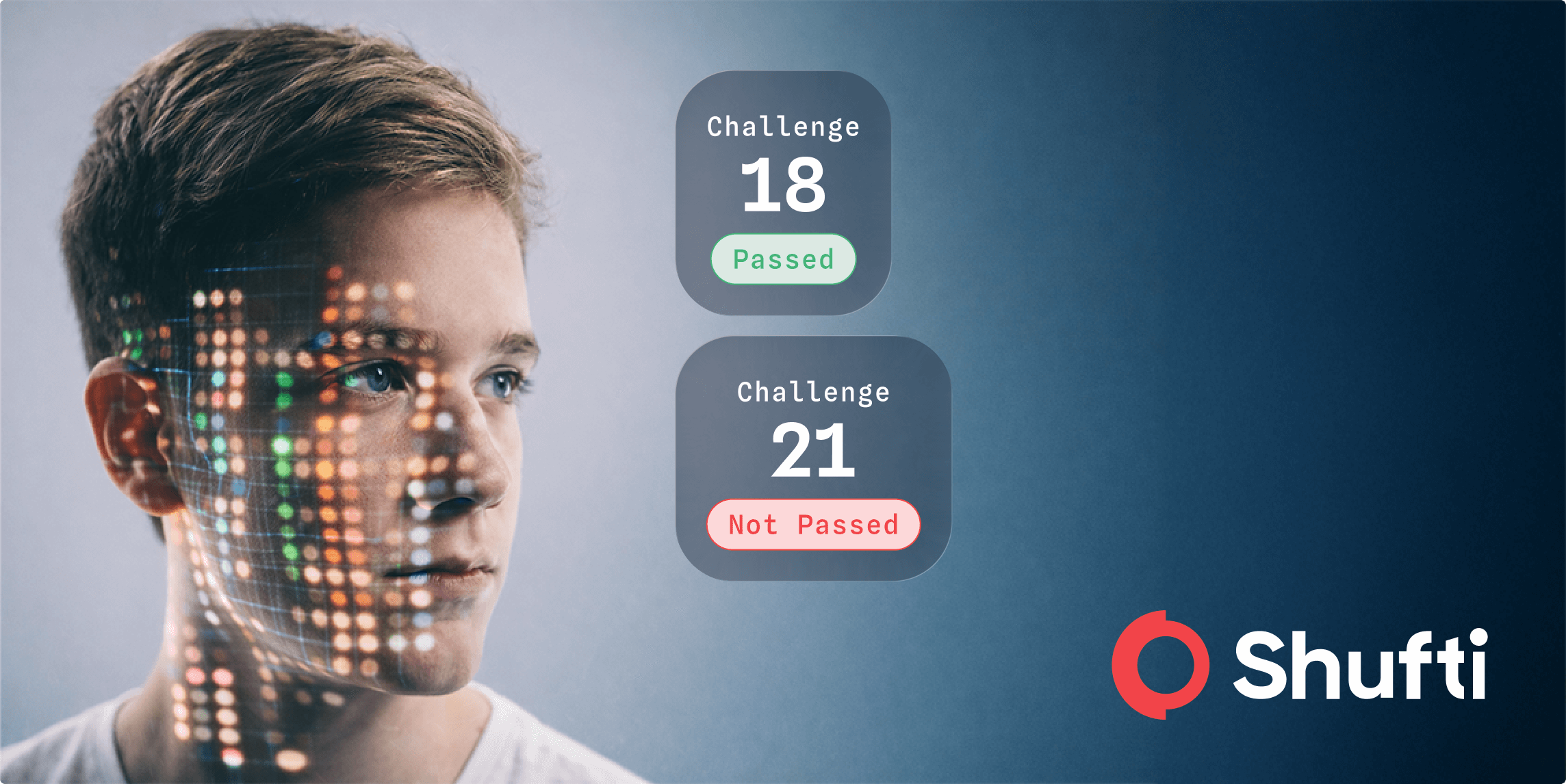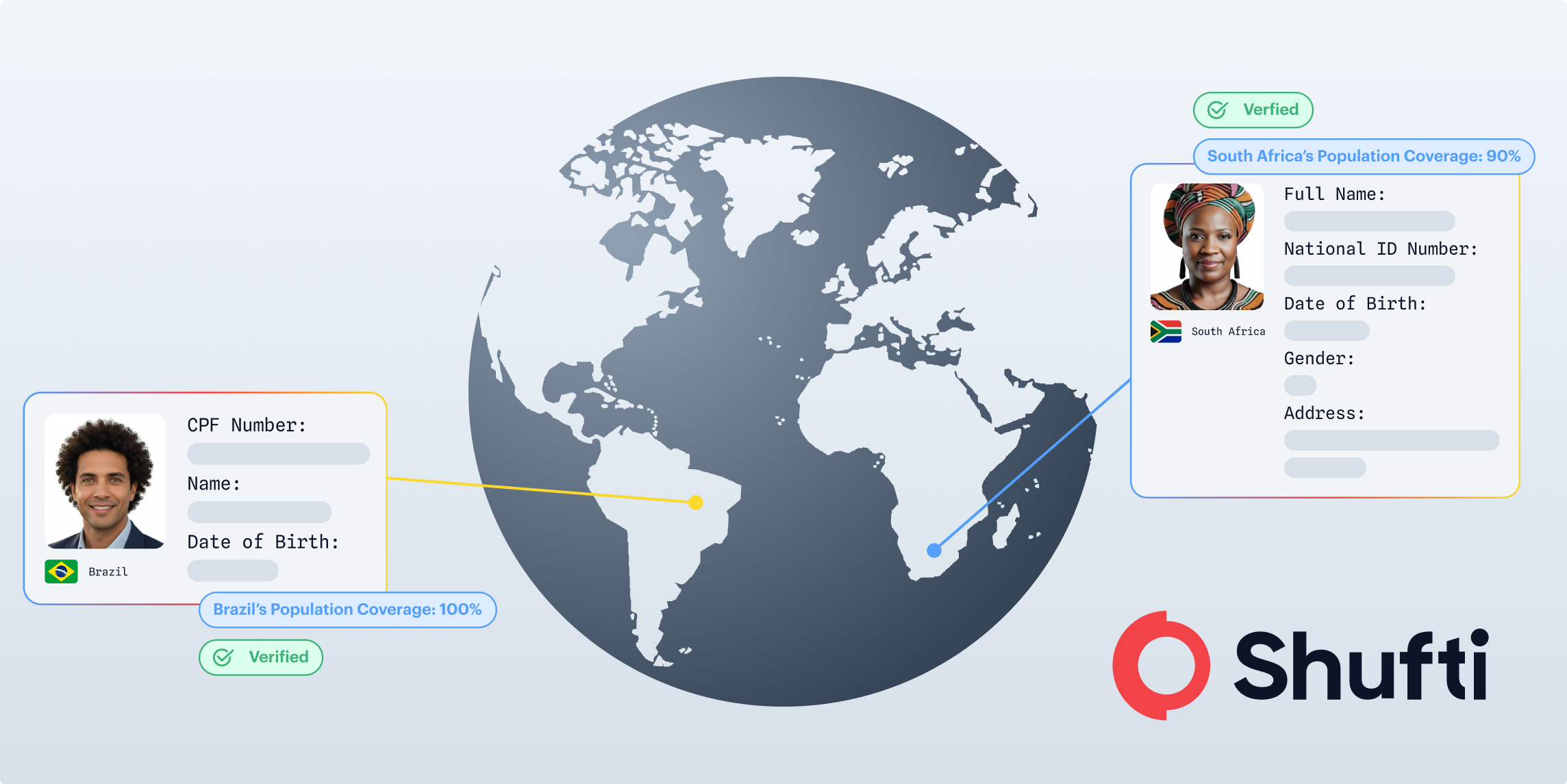How Artificial Intelligence is taking ID verification to the next level?

Identity theft is deemed as a growing problem. Particularly with the increase in online shopping, the number of online identity theft increased rapidly. According to a 2019 Internet security report, cybercriminals are diversifying their targets and using stealthier methods to commit identity theft and fraud. In 2018, FTC processed 1.4 million fraud reports resulting in $1.48 billion losses.
The number of fraudulent transactions and massive data breaches continues to rise as the fraudsters and cybercriminals become more sophisticated. To deal with these issues, various ID scanning and security solutions have been implemented using Artificial Intelligence (AI).
Artificial intelligence enables computers to make human-like decisions and automating a particular task. It empowers everyday technologies like search engines, self-driving cars, and facial recognition apps. The technology is also leveraged for customer identity authentication and fraud prevention.
Machine learning and deep learning make it possible to authenticate, verify and accurately process the identities of the users at scale. Here are some ways AI and machine learning are used to scale identity verification.
Scaling identity verification with machine learning
Oftentimes, users are required to show their ID documents when purchasing or opening an account in the bank. Identity documents such as driver’s licenses and passports are scanned to authenticate the users. Some examples of document verification includes checking the originality of documents, extracting information using OCR, confirmation of genuine microprint text, and face recognition match the identity of a person.
However, in online verification scenarios, the chances of forgery and identity theft increases. Using machine learning and automation for identity verification can create a more robust system that doesn’t rely on human verification experts. These machine learning systems perform identity verification faster than humans and are more secure.
3 features of a robust AI-powered ID authentication solution
For a robust ID proofing solution, 3 important ingredients are required:
Data
Since data is the fuel for machine learning algorithms, acquiring suitable and specific data is necessary. To build a powerful machine learning model, tagged data is important.
Evaluation and Modelling
Defining success factors once the data is available in the next important ingredient. For instance, considering the problem of ID verification needs more accurate models because false identification could lead to errors. This is why a model with more than 95% accuracy and real-time processing should be implemented.
Training
Machine learning models make the decision based on previous experiences which is why training with suitable and tagged data sets is important for a robust AI service provider. Teaching machines right from wrong is essential.
However, IDs are physical documents that could easily wear and tear and if all the checks for authentication are automated many real IDs might fail the verification. This is where human insights come into play.
A hybrid approach using AI and HI
Human ID validation experts can step in to prevent bad customer experiences during the rare instances where the machine fails to accurately identify what is wrong with the documents. This further helps in identifying the key problems and making improvements in the system.
Shufti uses AI in synergy with human intelligence to make the verification process frictionless.
Augmenting ID authentication by including biometric verification
Biometric authentication is much less explored technology when it comes to online identity verification. With features like liveness detection and anti-spoofing, facial recognition provides a lot of opportunities to businesses that want to ensure transparency on their online platform. Face recognition promises impeccable performance both in onsite and offsite verification scenarios. Facial authentication working in collaboration with document verification can provide reliable identity verification services to the businesses that are sick of being fooled by facial spoof attacks and other identity fraud methods.
Conclusion
Artificial Intelligence increases customer security and provides businesses an edge over the fraudsters. It enhances human ability and will continue to do so to enable businesses to process information intelligently and prevent being scammed. While AI-powered systems are still needed to be refined, it is high time that the business entails AI-based solutions for better enhancement of their workflows.
Shufti’s identity verification solution is built upon an ideal combination of artificial and human intelligence and augmented with face verification. It enables businesses to prevent fraud and onboard authentic customers. Shufti’s investment in AI resulted in better customer experience, as well as enhanced security for online businesses.










